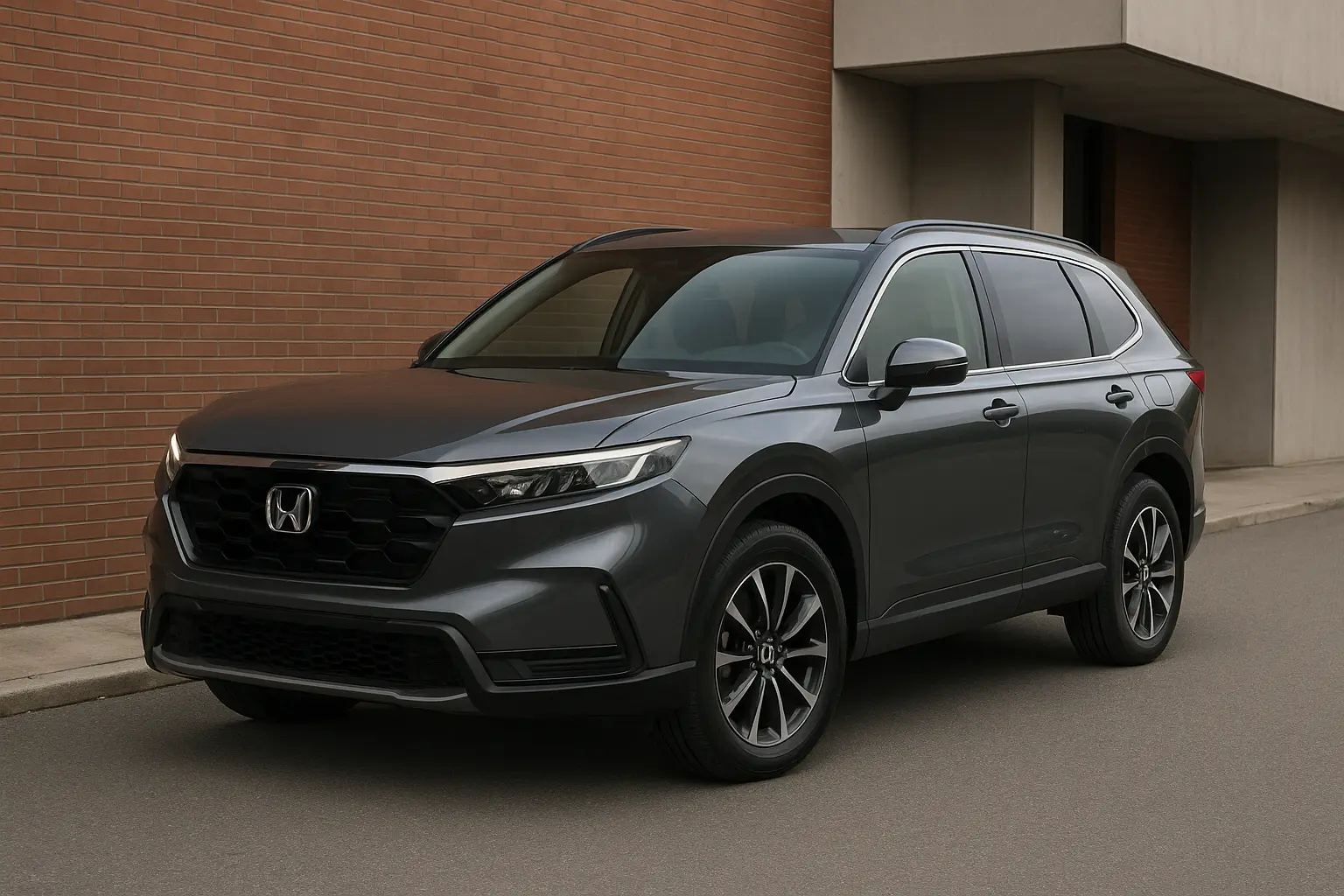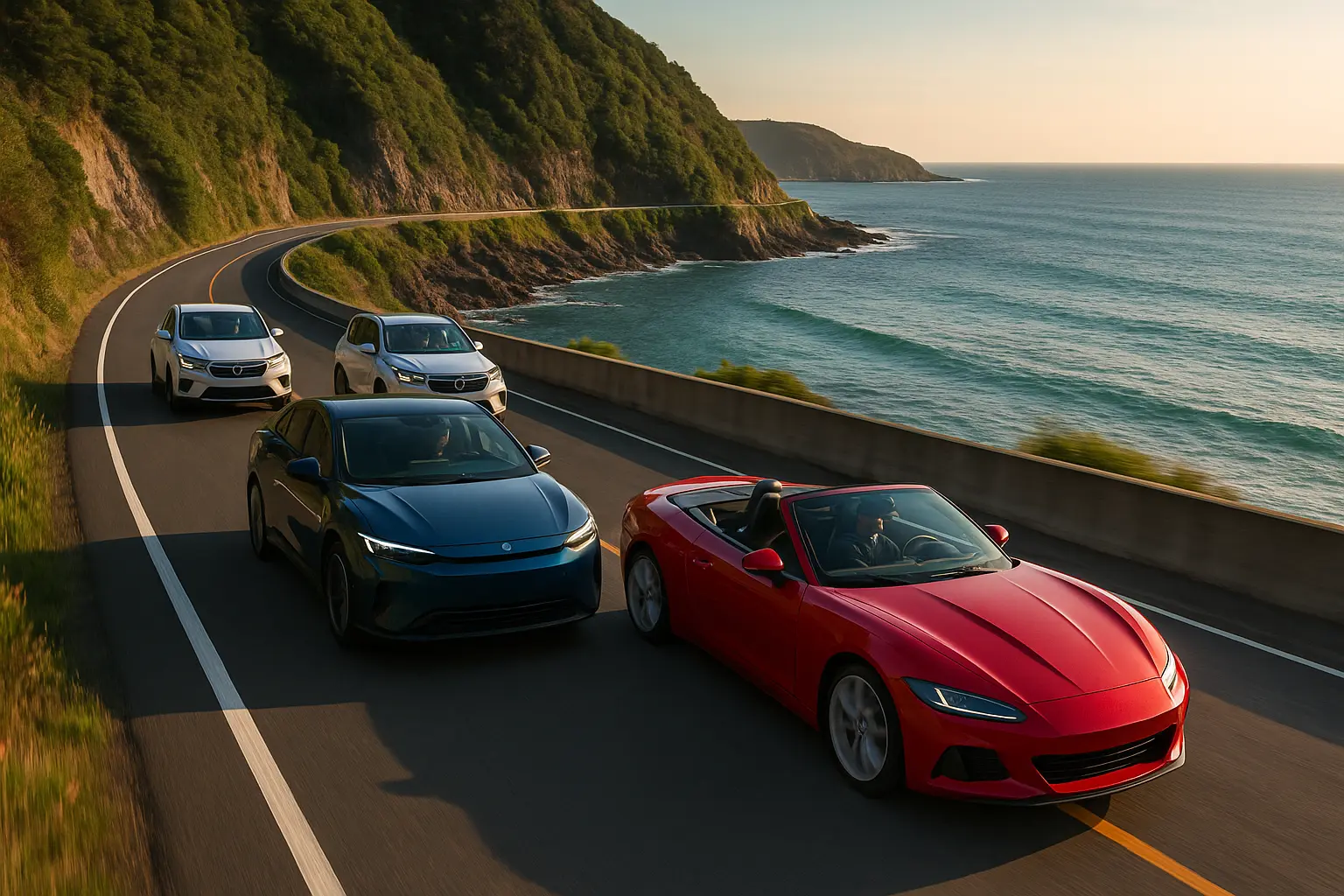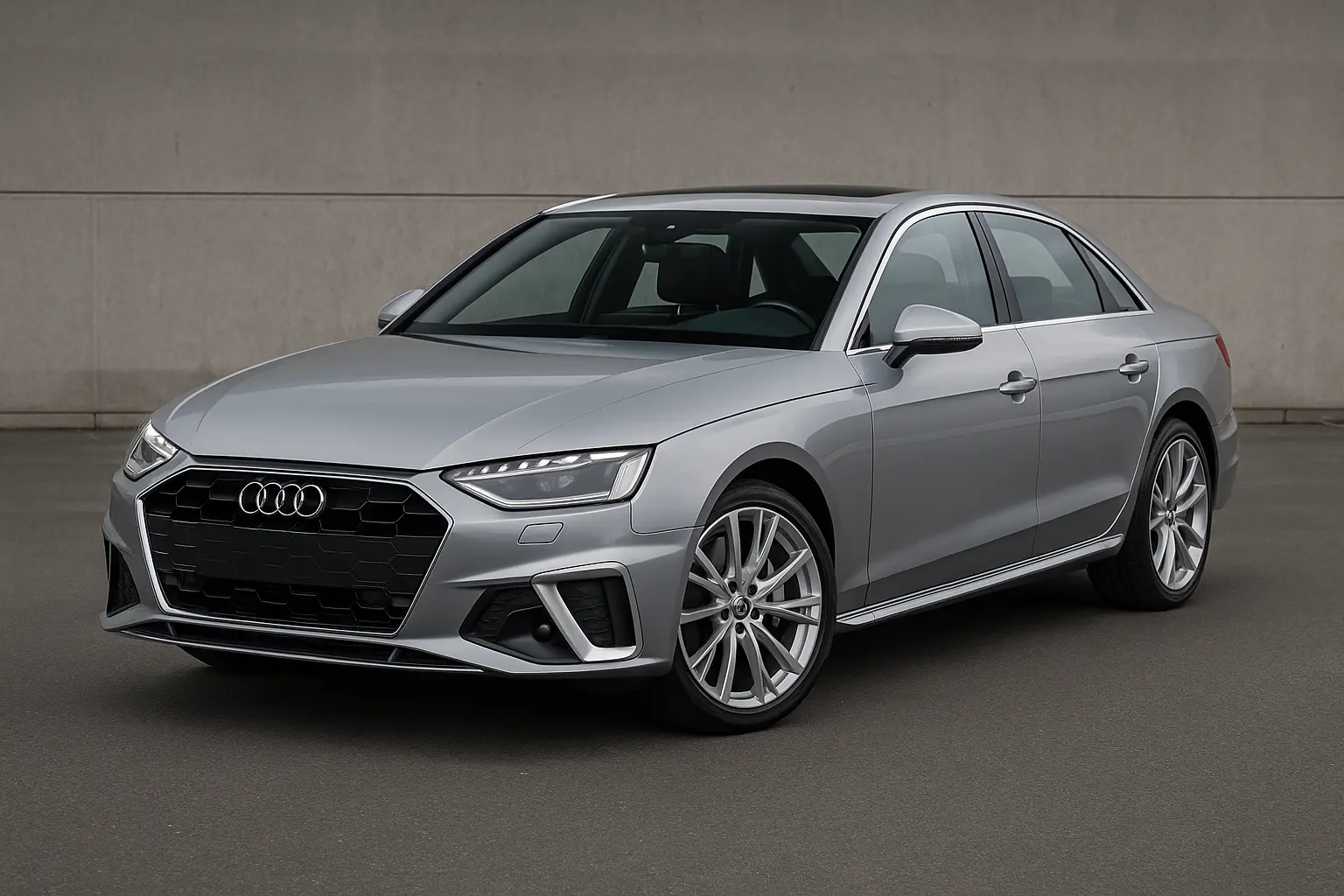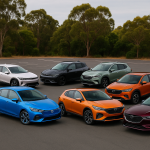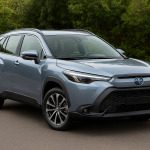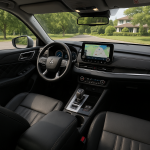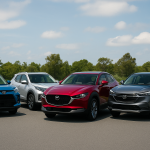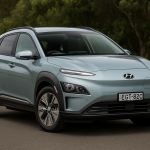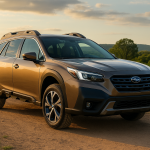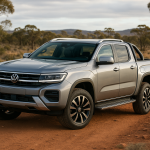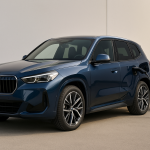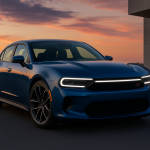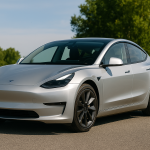The Honda CR-V has long been a household name in Australia, especially for families and urban drivers who want a spacious yet manageable SUV. With the 2025 update, Honda has refined the CR-V into a more premium, efficient, and tech-loaded package. This review explores every detail: from design and performance to pricing, practicality, and how it stacks up against competitors like the Toyota RAV4, Mazda CX-5, and Hyundai Tucson.
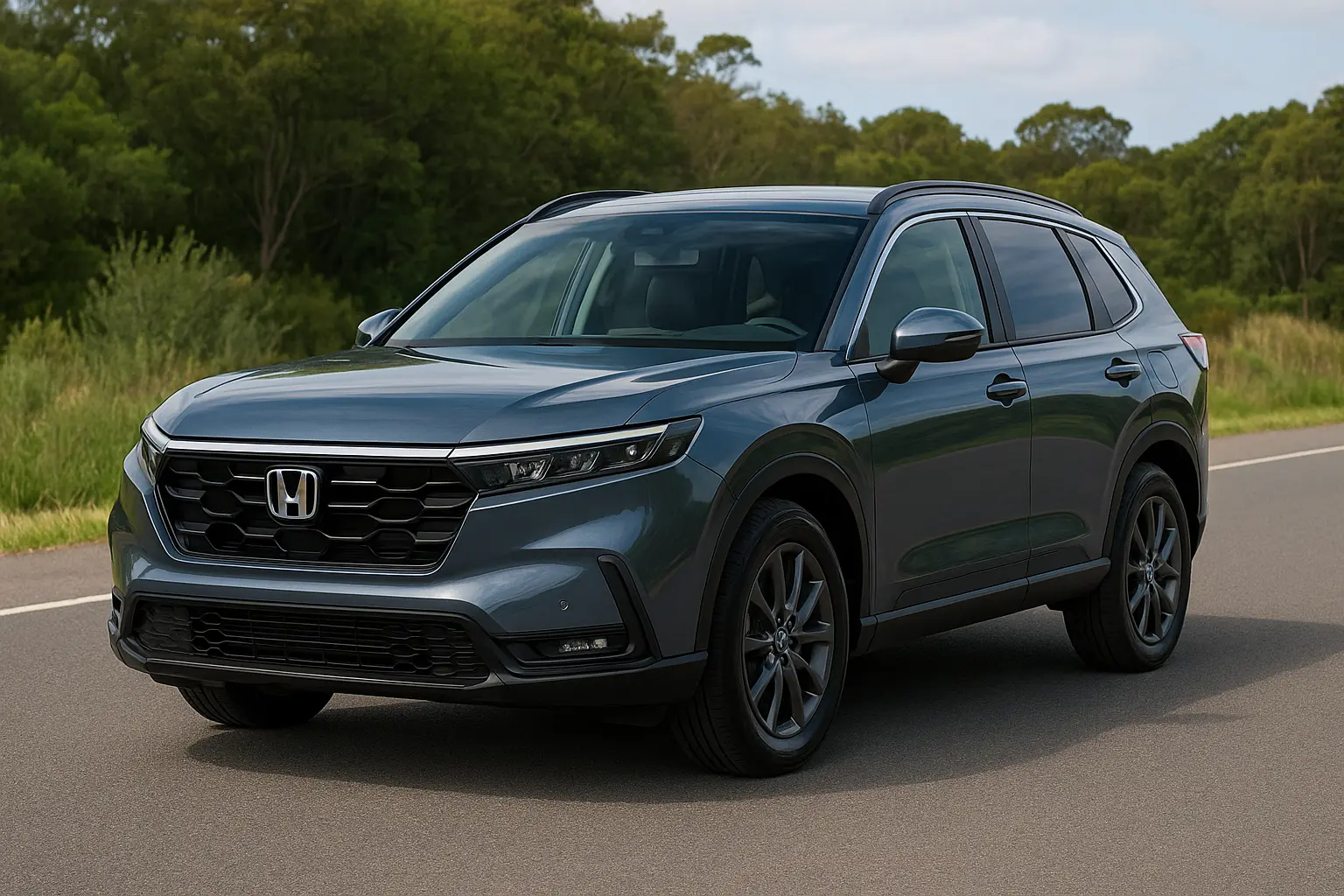
A Quick Look at the Honda CR-V in Australia
The CR-V has been a consistent seller for Honda, sitting in the sweet spot of mid-size SUVs. For Australian buyers, it offers a balanced blend of:
- Spacious interiors for families.
- Flexible cargo options for road trips and weekend activities.
- Solid safety ratings and driver-assist tech.
- A mix of petrol and hybrid engines for efficiency.
The 2025 model pushes the CR-V closer to premium territory while still maintaining its “practical family SUV” identity.
Exterior Design: Subtle Evolution with a Bold Stance
Honda has taken a conservative yet modern approach to the CR-V’s styling. Compared to the outgoing version, the 2025 CR-V is slightly larger and has a stronger, more squared-off stance.
Key exterior highlights include:
- A wide front grille flanked by slim LED headlights.
- Sharper body lines for a more athletic presence.
- 18- to 19-inch alloy wheels depending on trim.
- Functional roof rails for bikes, surfboards, or roof boxes.
- A practical power tailgate with hands-free operation.
Unlike flashier rivals, the CR-V focuses on subtle sophistication, making it appealing to buyers who want understated design with everyday usability.
Interior: Space, Comfort, and Practicality
Inside, the CR-V feels premium yet functional. Honda has focused on creating an uncluttered cabin with high-quality materials.
Seating and Comfort
- Spacious seating for five adults, with generous legroom and headroom.
- Supportive front seats with optional leather upholstery.
- Heated and ventilated seats on higher trims.
- Rear seats that recline slightly for added comfort.
Practicality
- Boot space of over 580 litres, expanding to more than 1,600 litres with rear seats folded.
- Flat cargo floor design makes loading easy.
- Multiple small storage areas throughout the cabin.
Technology and Infotainment
- A 9-inch central touchscreen with Apple CarPlay (wireless) and Android Auto (wired).
- 10-speaker premium audio system on higher trims.
- Digital instrument cluster with customisable layouts.
- Wireless phone charging and multiple USB-C ports.
For families, the CR-V’s interior ticks almost every box: space, connectivity, and flexibility.
Engine Options and Performance
Honda offers two main powertrains for Australia in 2025:
- 1.5-litre turbo petrol engine producing around 140 kW and 240 Nm, paired with a CVT transmission.
- 2.0-litre hybrid engine combining petrol power with electric motors for around 152 kW of combined output.
Driving Experience
- Smooth acceleration for city driving.
- The hybrid shines in stop-start traffic, reducing fuel use.
- CVT is tuned for refinement, though it can feel droney under heavy throttle.
- Available in both front-wheel drive (FWD) and all-wheel drive (AWD).
Towing Capacity
- Rated to tow up to 1,500 kg braked, enough for small trailers and weekend caravans.
Honda doesn’t market the CR-V as a performance SUV, but its composed handling and reliable engines make it a trustworthy daily driver.
Fuel Efficiency: A Strong Selling Point
Fuel economy is a top consideration for Australian buyers, especially with rising petrol prices.
- 1.5-litre turbo petrol: around 7.4–8.0 L/100 km combined.
- 2.0-litre hybrid: as low as 5.0–5.6 L/100 km combined.
Compared to rivals like the Toyota RAV4 Hybrid, the CR-V is competitive, though Toyota still holds a slight edge in hybrid efficiency.
For families who do a lot of city driving, the hybrid CR-V is clearly the smarter pick.
Safety and Driver Assistance
The 2025 Honda CR-V carries a full suite of Honda Sensing technologies. Safety has always been a strong point for Honda, and this generation doesn’t disappoint.
Features include:
- Adaptive cruise control.
- Lane-keeping assist.
- Collision mitigation braking system (autonomous emergency braking).
- Blind-spot monitoring with rear cross-traffic alert.
- Traffic sign recognition.
- Multiple airbags, including full-length curtain airbags.
ANCAP testing is expected to confirm a 5-star safety rating, reinforcing the CR-V’s family-friendly appeal.
Pricing in Australia
Pricing varies depending on trim and powertrain:
- Entry petrol model: from around $42,000 drive-away.
- Mid-range petrol AWD: approx. $48,000.
- Hybrid models: starting from around $51,000.
- Top-spec hybrid AWD with luxury features: approx. $58,000.
While not the cheapest in its class, Honda positions the CR-V competitively against the Toyota RAV4, Hyundai Tucson, and Kia Sportage.
How the CR-V Compares to Rivals
The mid-size SUV segment is fiercely competitive in Australia. Here’s how the CR-V stacks up.
- Toyota RAV4: The hybrid leader with slightly better fuel economy.
- Mazda CX-5: More stylish, with premium cabin feel but less space.
- Hyundai Tucson: High-tech and value-driven, but its hybrids aren’t as refined.
- Kia Sportage: Striking design and strong warranty, though petrol engines are less efficient.
The CR-V stands out with its balance of space, comfort, and Honda reliability.
Ownership Costs and Warranty
Honda now offers a five-year/unlimited-kilometre warranty in Australia, along with capped-price servicing.
Running Costs
- Service intervals every 10,000 km or 12 months.
- Average service cost: $250–$350 per visit.
- Insurance costs are in line with segment averages, though hybrids may be slightly higher.
Overall, the CR-V offers competitive long-term ownership value, backed by Honda’s reputation for reliability.
Who Should Buy the Honda CR-V?
The CR-V is ideal for:
- Families needing space without going full-size.
- Buyers who want a reliable daily driver with low running costs.
- Tech-savvy drivers who appreciate Honda’s infotainment and safety features.
- Aussies who split their time between city commuting and weekend getaways.
If you want outright performance, the Mazda CX-5 or Volkswagen Tiguan may appeal more. But if practicality, comfort, and efficiency top your list, the CR-V delivers.
Verdict: A Practical, Reliable Aussie Favourite
The 2025 Honda CR-V might not be the flashiest SUV in its class, but it excels where it matters most to Australians: space, comfort, efficiency, and safety. The hybrid option is a smart move for eco-conscious drivers, while petrol models keep the entry price accessible.
For families, commuters, and anyone wanting a dependable SUV, the CR-V remains one of the smartest choices on the Australian market.
Leave a comment
Your email address will not be published. Required fields are marked *


